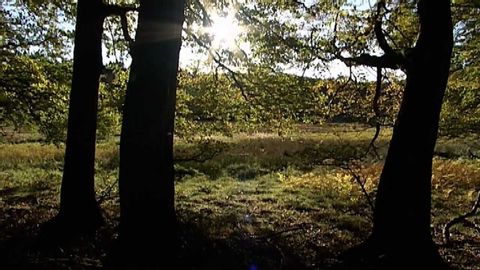ドイツの世界遺産 (World Heritage Sites in Germany)
Laura Hung が 2021 年 01 月 14 日 に投稿  この条件に一致する単語はありません
この条件に一致する単語はありません- n. (c./u.)人間社会;世界;世界;宇宙;分野
US /ˈenʃənt/
・
UK /'eɪnʃənt/
US /ˈstetəs, ˈstætəs/
・
UK /'steɪtəs/
- n. (u.)社会的地位;法律上の地位 : 身分;状態 : 情勢
エネルギーを使用
すべての単語を解除
発音・解説・フィルター機能を解除

